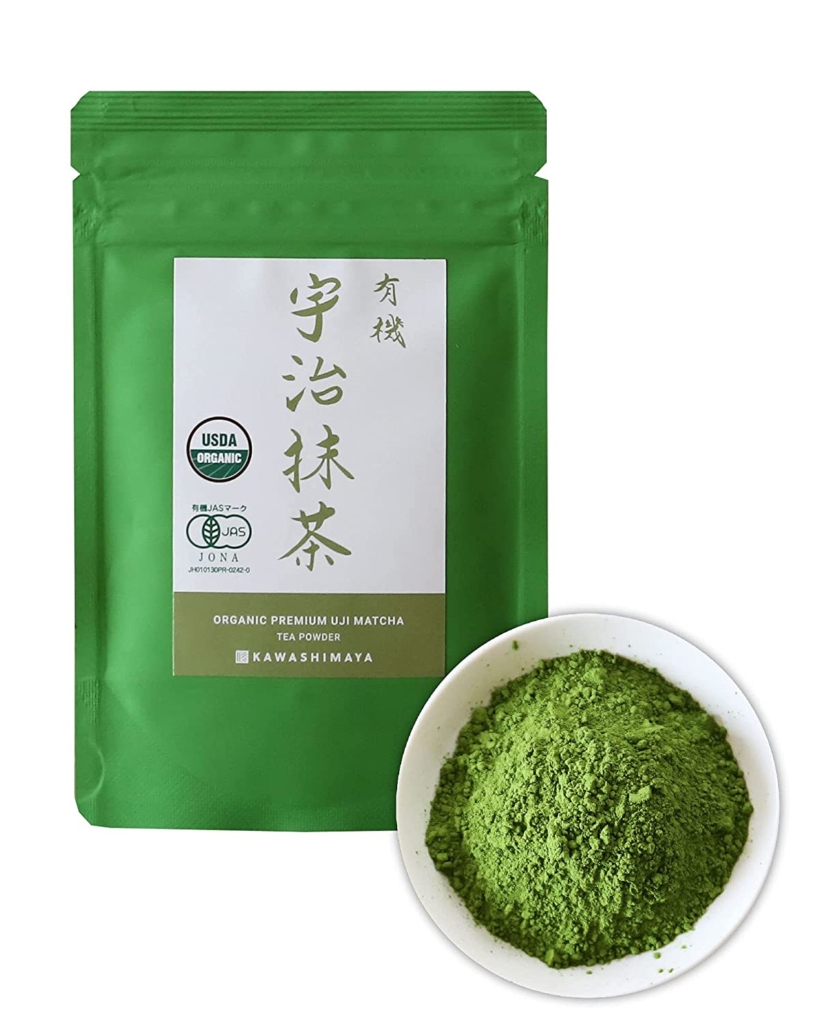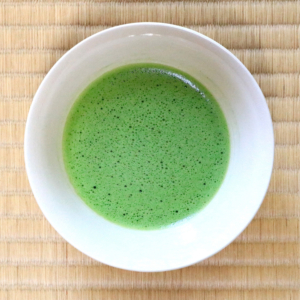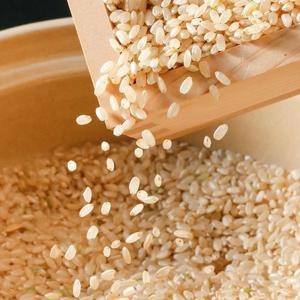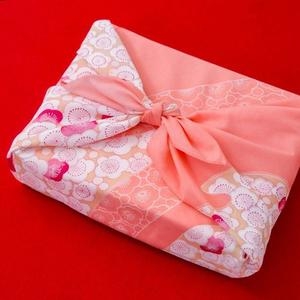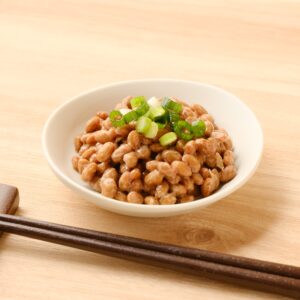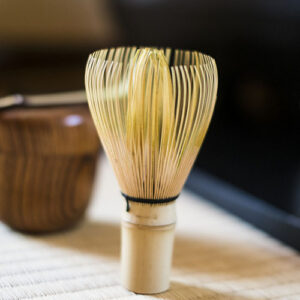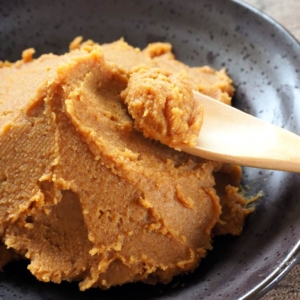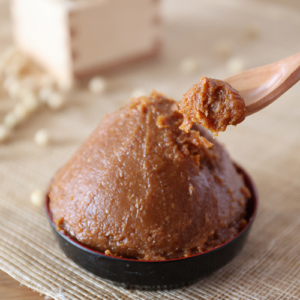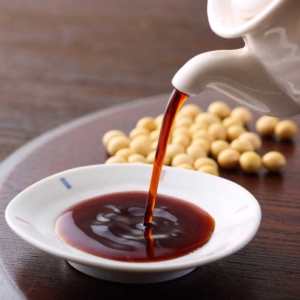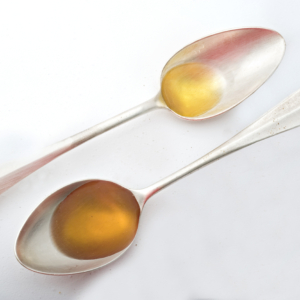In our last article about matcha, we explored the detailed information about this healthy, finely grounded tea powder of Camella Sinensis (tea) plant.
Matcha tea is, indeed, got the most nutrients than other types of tea. The nutrients in one cup of matcha equal to 10 cups of green tea. The highest quality of matcha, or the so-called ceremonial grade matcha, usually sipped for the traditional Japanese tea ceremony “Sado”.
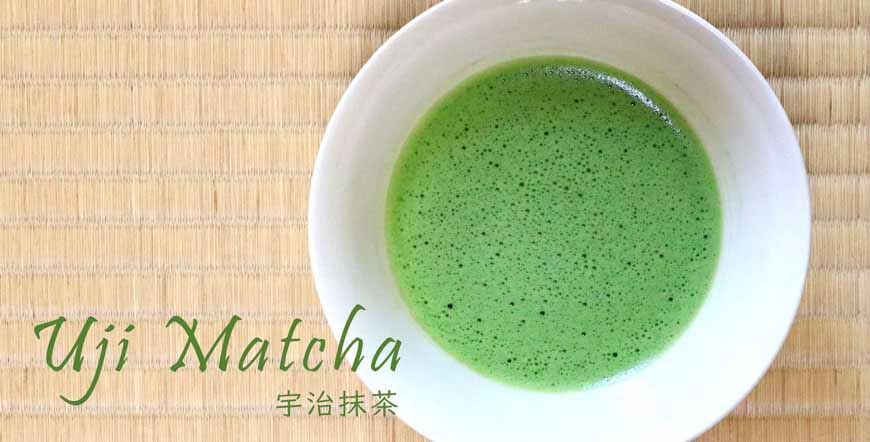
However, have you ever heard about Uji Matcha? It is the most searched and loved variety of matcha tea because of its outstanding quality, filled with a long history and passed-down tradition. Uji matcha’s quality is similar to ceremonial grade matcha from other regions or countries. That said, Uji Matcha becomes the top brand matcha of Japan.
Without further ado, let’s learn more about Uji Matcha and why you should consider choosing high-quality matcha like Uji Matcha!
 Content List
Content List
- What is a High-Quality Matcha?
- What is Uji Matcha?
- Why Choose Uji Matcha, The High-Quality Matcha?
- The History of Uji Matcha
- Uji’s Geographical & Climatic Condition
- Organic Uji Matcha Manufacturer – Harimaen Seicha
- Why Uji Matcha has Become a Special Brand?
- Matcha Tea Health Benefits
- We had an Interview with the Japanese Tea Ceremony Expert
- Uji Matcha Q&A
- Recommended Products for Uji Matcha
What is a High-Quality Matcha?
Before we talk about high-quality matcha, let’s first learn about matcha. Matcha is 100% green tea (Camella Sinensis) leaves that have been shaded-grown before harvest and ground into a fine powder. Because of that, matcha is richer in chlorophyll, amino acid, and antioxidant contents than other types of tea.
To learn more about matcha tea in general, check our article below:
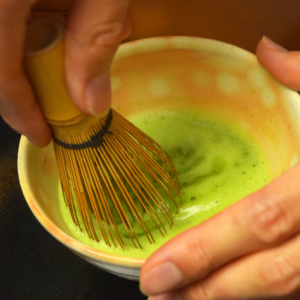
How do We Determine the Quality of Matcha?
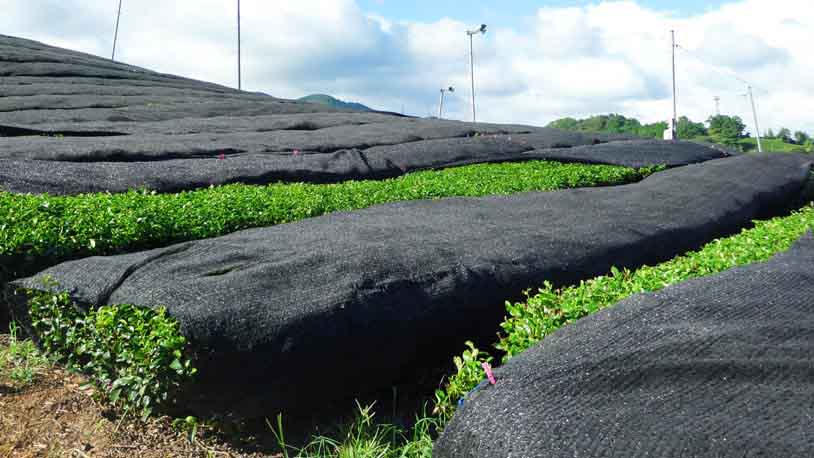
The thing you should know about high-quality matcha is their vibrant, vivid green color. Also, high-quality matcha has a smoother, talc-like texture than culinary grade (lower quality) matcha. High-quality matcha also has a rich and mellow taste you can definitely enjoy.
This bright color came from shading the tea plants from the sunlight for about three to four weeks before the harvesting process. The treatment could increase chlorophyll production and boosts the amino acid content to the tea leaves.
Only the youngest tea leaves are harvested by hands to make high-quality matcha, and they are processed with the stems and veins removed.
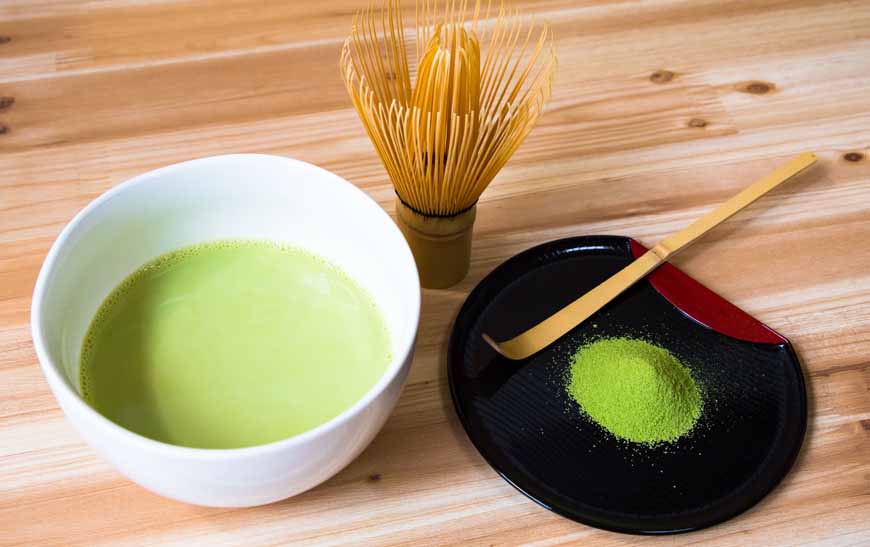
Another indicator of matcha’s quality depends on which region or country where the matcha is cultivated and processed. Suitable climate and geographical conditions for tea plant cultivation will make a big difference to matcha’s quality.
Remember that powdered tea is not exclusive to Japan or China only. Powdered teas can be cultivated and processed in another country.
However, Japan has so many good reviews for producing the best matcha tea in the world, and the best of that came from Uji City, Kyoto Prefecture. Uji is a small city from south Kyoto Prefecture with 30 minutes bullet train ride from Tokyo station. Not only being the birthplace of Japanese matcha in Japan but Uji also the most leading region for green tea cultivation in Japan.
Recommended High-Quality Matcha
What is Uji Matcha?
The term Uji Matcha is very famous for high-quality matcha products in Japan. You’ll feel as if you got to taste the high-quality matcha product if a product has an “Uji Matcha” label.
Even the “low grade” notice in Uji Matcha still has the superb quality if compared to matcha from other regions or countries.
However, in present days, there are some products write a label of “Uji Matcha from Kyoto Prefecture (京都府産宇治抹茶)” or just “Uji Matcha (宇治抹茶)”.
To begin with, Uji is located in Kyoto Prefecture. So why the manufacturer bother to add “from Kyoto Prefecture” to the label? Are there any differences?
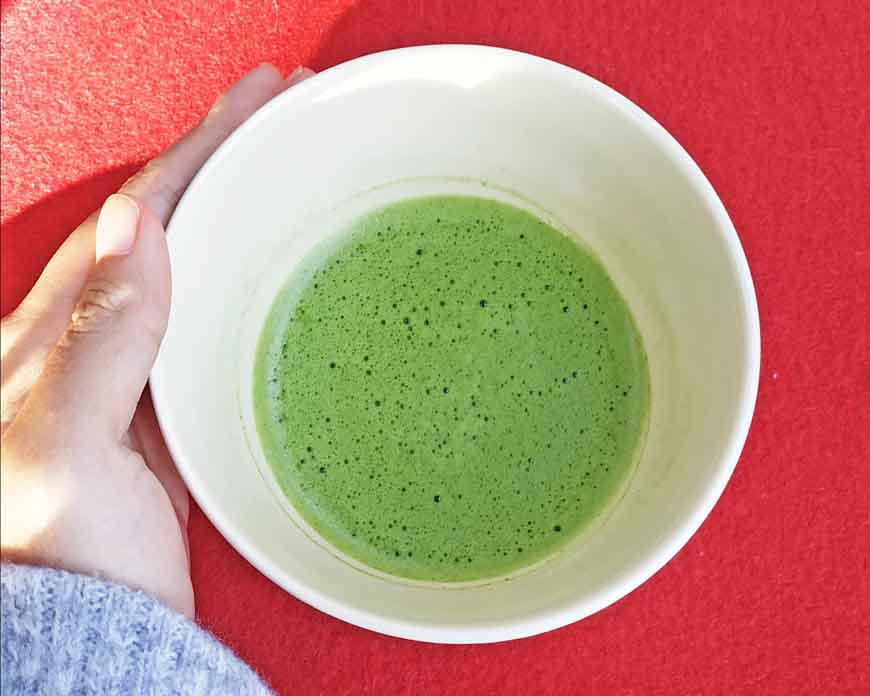
Let’s first take a look to the definition of Uji Matcha:
The Definition of Uji Matcha
Uji Matcha is a matcha tea cultivated in four prefectures such as Kyoto, Nara, Shiga, and Mie. However, Uji Matcha products can only be manufactured within Kyoto Prefecture by tea producers from Kyoto.
The label “Uji Matcha from Kyoto Prefecture” means it is a matcha product cultivated and manufactured both in Kyoto Prefecture. Recently, this type becomes more popular than the merely “Uji Matcha” label.
The reason is not it provides the highest quality, but they also have the passed-down tradition. In our store, you can find matcha tea products cultivated and manufactured in Kyoto such as Harimaen Seicha’s matcha.
Why Choose Uji Matcha, The High-Quality Matcha?
In producing matcha tea, the matcha cultivated in Uji has several reasons which can describe their never defeated quality.
Uji blessed with suitable geographical & climatic conditions for tea plantation. Not only that, but Uji also has a long historical background of Japanese tea culture.
The History of Uji Matcha
The history of uji matcha can be tracked down to the early 600’s in Tang-Dynasty China. At this time, The Zen Buddhist monks’ prepared the matcha by roasting and pulverizing the tea leaves, brewing it with hot water, and adding a pinch of salt into the resulting tea powder as the monk’s daily ritual.
Continuing in the next Dynasty, the Song-Dynasty (901-1300) is where the tea preparation culture makes its historical move. The influential Japanese Zen Buddhist monk, Eisai, brought the tea seeds and the powdered green tea preparation method to Japan in 1191. Eisai returned permanently to Japan after spending years studying the Zen Buddhist methods in China.
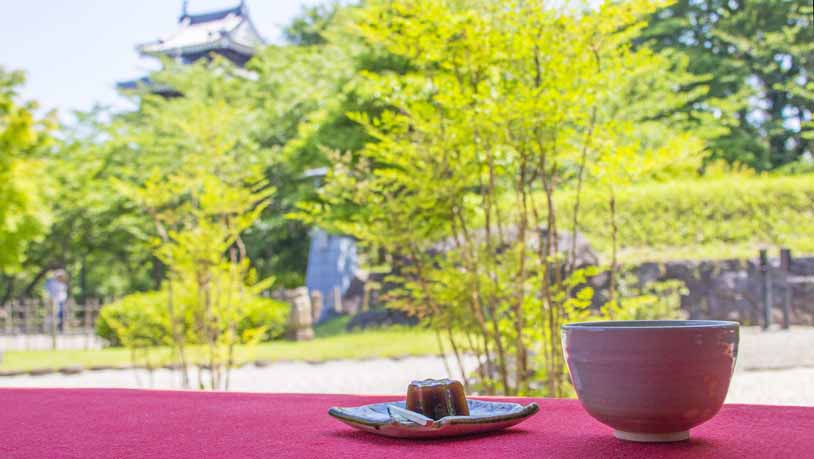
The tea seeds he brought then planted in the temple grounds in Kyoto, the home of the Kamakura Shogun. During this period, matcha’s production is very limited, thus considered as a luxurious item.
Soon as Eisai’s return to Japan, the Zen Buddhist Monks develop new methods for green tea plant cultivation, especially in Uji, Kyoto.
Eisai also wrote a book about tea: Kissa Youjyouki (喫茶養生記) which talks about the health benefits of tea, how to cultivate it, how to prepare it, etc. Hence, Eisai played a prominent role in Japanese tea history.
Uji earned the status as the birthplace and the excellent area for tea plant cultivation because many tea cultivation methods were introduced here. Moreover, the tea seeds Eisai brought to Japan considered to create the highest-quality tea in all of Japan.
Uji’s Geographical & Climatic Condition
Tea plant is very sensitive to climatic changes, such as average temperature increase and extreme weather events, which can directly affect the quality of the cultivated product (source).
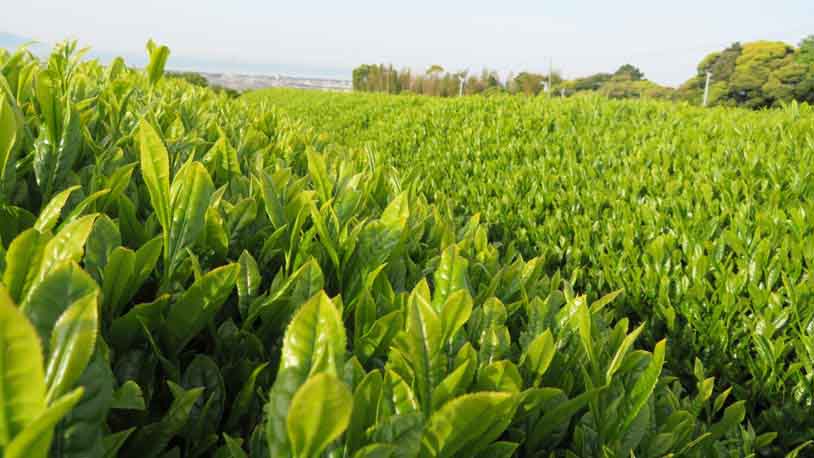
Luckily, Uji lies in a basin surrounded by mountains, lakes, rivers, and small streams. This geographical condition provides gentle wind in Uji. Uji has an average humidity of 80%. The soil is rich in minerals with low acidic pH levels suitable for tea plantation.
Uji’s climate is considered as warm and temperate. As for the temperature, Uji has an average annual temperature of 18° Celcius. The tea bushes in Uji is planted on gently sloping hills or hilltops. These gentle slopes provide the ideal layout to grow the highest quality tea bushes in Uji.
Organic Uji Matcha Manufacturer – Harimaen Seicha
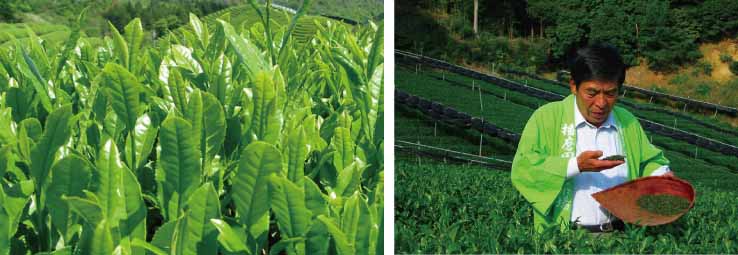
Most tea plantation in Japan uses pesticides. The reason behind that is because tea plant is actually very weak to insects. Also, mass production is needed because tea has a high demand, especially in Uji Matcha’s case.
Using a pesticide means a tea plantation will have to do spraying for 7 to 8 times a year. Spraying time will take some hours up to 2 full days. That is a terrifying procedure that could affect the worker’s health and people who eat the harvested tea.
We are consuming matcha tea for our health. But if we consume matcha tea cultivated with pesticide, it is not good for our health.
The matcha tea will lose its benefits.
Because of this, drinking organic matcha tea will be a good choice to maintain your health.
Cultivating organic tea plant is harder and require so much time and effort, such as a large amount of weeding.
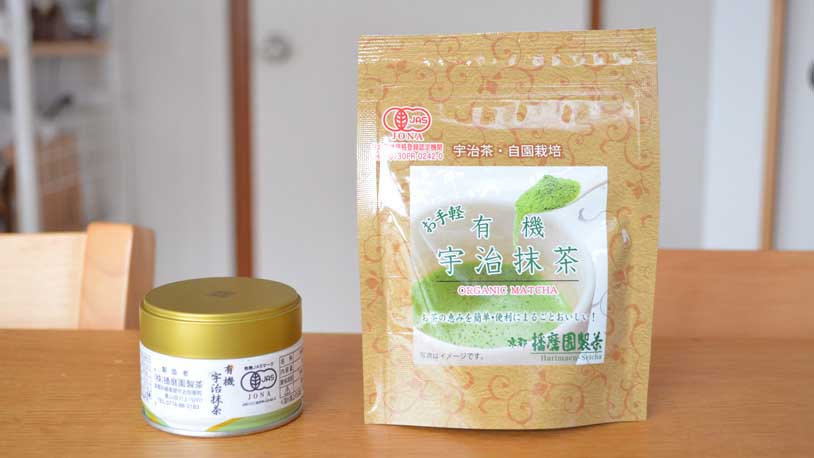
Therefore, one of the tea plantation company from Uji, Kyoto — Harimaen Seicha, put so much effort in producing the organic cultivation and pesticide-free Uji matcha tea. Harimaen Seicha is one of few company in Japan that produce a high quality tea products with JAS certification, NOP (Natural Organic Program) Certification, and EU Organic Certification. They are certainly maintaining their product quality to deliver a healthy and safe matcha tea for their customers.
Enjoy the organic, healthy, and safe matcha tea products from Harimaen Seicha.
Why Uji Matcha has Become a Special Brand?
Uji Matcha is known as the green tea’s foundation in Japan which born from never-ending dedication from its manufacturers. Its existence expands worldwide and still lead the highest position as the top brand of Japan.
Have you wondered why?
Here are the reasons!
The Emperor of Japan and General Ashikaga take a liking to Uji Matcha Between 15th-16th Century
Uji matcha starts to become a top brand by the mid-15th century due to the patronage of the Emperor of Japan with the imperial family, and General Ashikaga’s family.
They take a liking to Uji matcha after Uji starts producing tea in the 14th century.
Being recognized by the emperor and the shogun (general) is such a big deal. Thus this patronage continued by great samurai Oda Nobunaga and the Tokugawa Clan.
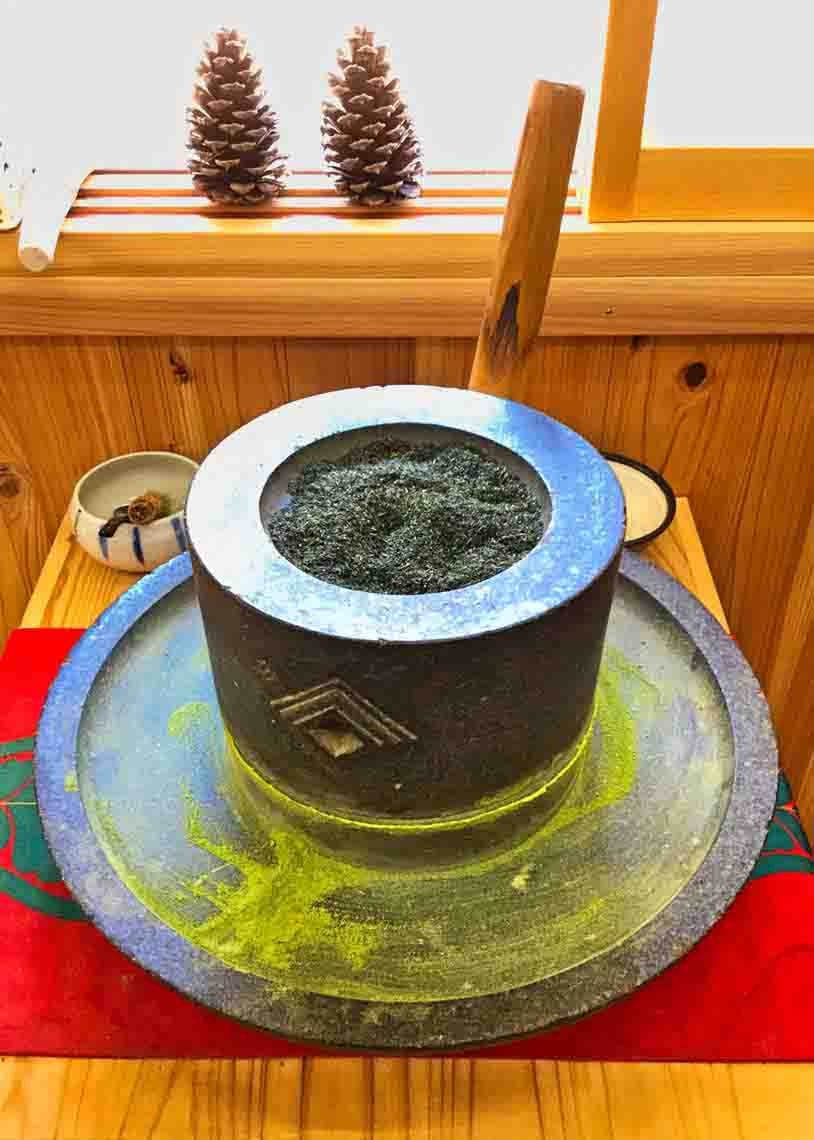
Uji Matcha also acknowledged by Oda Nobunaga and Tokugawa Clan
In the early 16th century, chanoyu (茶の湯) or sado (茶道) was introduced. It is a ceremonial way to preparing Japanese matcha tea, together with traditional Japanese sweets which greatly loved by Oda Nobunaga.
Oda only used Uji Matcha in his tea ceremony, making Uji Matcha a luxurious top brand for tea ceremony.
Later in Edo Period (17th century), a system called “御茶壷道中 (Ochatsubodochu)” is introduced under the patronage of Tokugawa Clan family. It is an annual ceremony where the tea masters from Uji brings new tea to Edo (Tokyo) to present it to the Tokugawa Shoguns.
This tradition has been going on for 260 years.
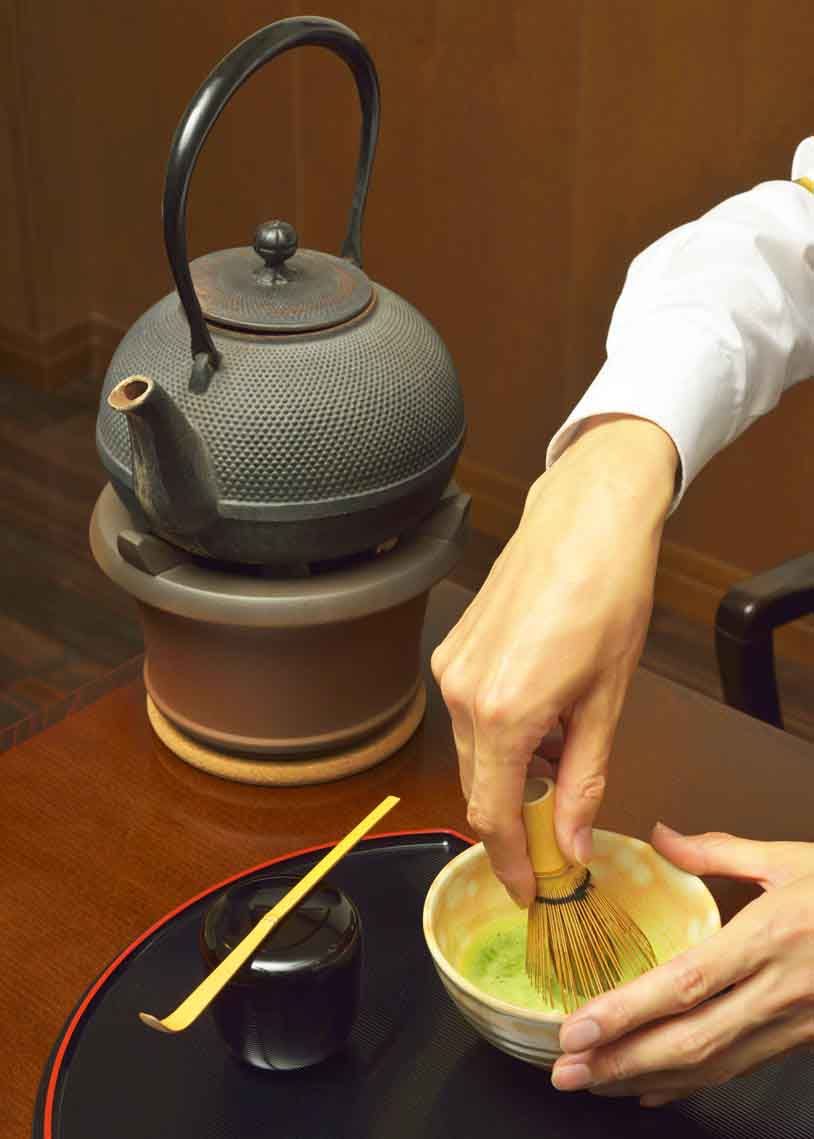
In other words, Uji Matcha was not only superior in quality and taste but also protected by people with authority and became a top brand because it was deeply loved by them.
Uji Matcha is an indispensable heritage from Japan.
Matcha Tea Health Benefits

In recent years, matcha tea has become increasingly popular not only because of its taste but because of its benefits for health and beauty effect. Here are some benefits from consuming matcha.
Health Benefit 1 Packed with Antioxidants

Matcha is rich in catechins, particularly epigallocatechin gallate (EGCG) — one of the plant compounds in tea that act as natural antioxidants.
The antioxidants may prevent damage that caused by free radicals, therefore consuming matcha tea could lower the risk of several chronic diseases for your body. A study strongly propose matcha tea as a natural compound that could help to overcome cancer cell resistance to chemoteraphy.
Matcha tea contains 137 times more antioxidants than green tea. That is because every one cup of matcha tea was made with 1 gram of green tea leaf powder containing 143 mg total catechins.
Health Benefit 2 Gives Relaxation Effect

According to studies, the active amino acid (L-theanine) contained in matcha tea induces relaxation effect. L-theanine stimulates the alpha brain waves that could create deep mental relaxation.
This amino acid is responsible to give the umami flavor that becomes the characteristic flavor of tea.
Health Benefit 3 May Help You to Lose Weight
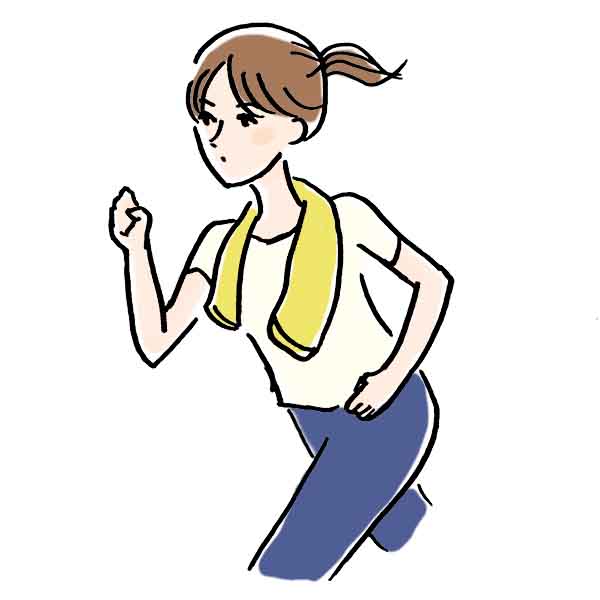
A study shows that drinking 4 cups of matcha tea in 24 hours can enhance fat oxidation by 18% during brisk walking in healthy females. Every one cup is made with 1 gram of matcha tea powder.
This proves that 4 cups of matcha tea’s composition is sufficient on the metabolic responses during exercise (*but please note that there are individual differences for matcha’s maximum consumption limit per day due to its caffeine content).
So consuming matcha to start your day might make your workouts and diets more effective.
Health Benefit 4 Gives You Energy

Chlorophyll is a natural green pigment contained in all green parts of plants, including matcha tea.
As chlorophyll creates energy for the plant, they can provide energy to your body.
The energy does not get absorbed in the body but travels through digestive track instead. So it makes you fuller longer and prevent overeating.
We had an Interview with the Japanese Tea Ceremony Expert
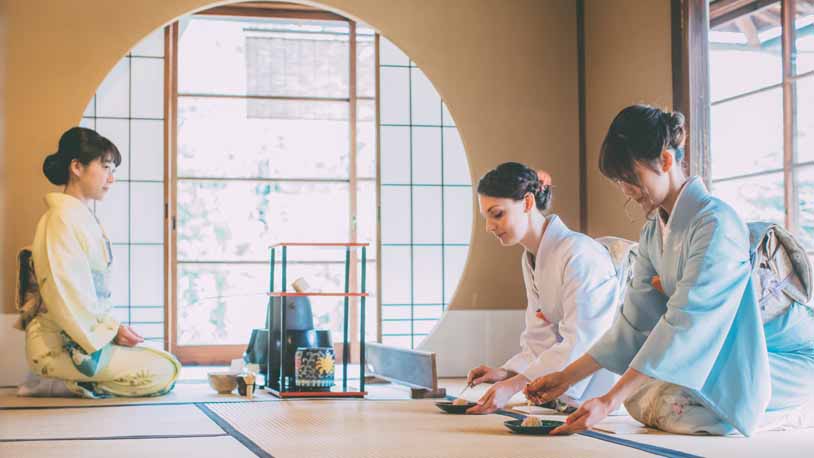
The traditional Japanese Tea Ceremony is called sado (茶道, “The Way of Tea”) or chanoyu (茶の湯). It is the ceremonial way to prepare Japanese matcha tea, together with traditional Japanese sweets (和菓子, wagashi) for the guests to enjoy the hospitality, atmosphere, and aesthetics that the host has to offer.
This time, Kawashima The Japanstore team had the chance to interview a Japanese Sado Expert. Let’s learn what he has shared!
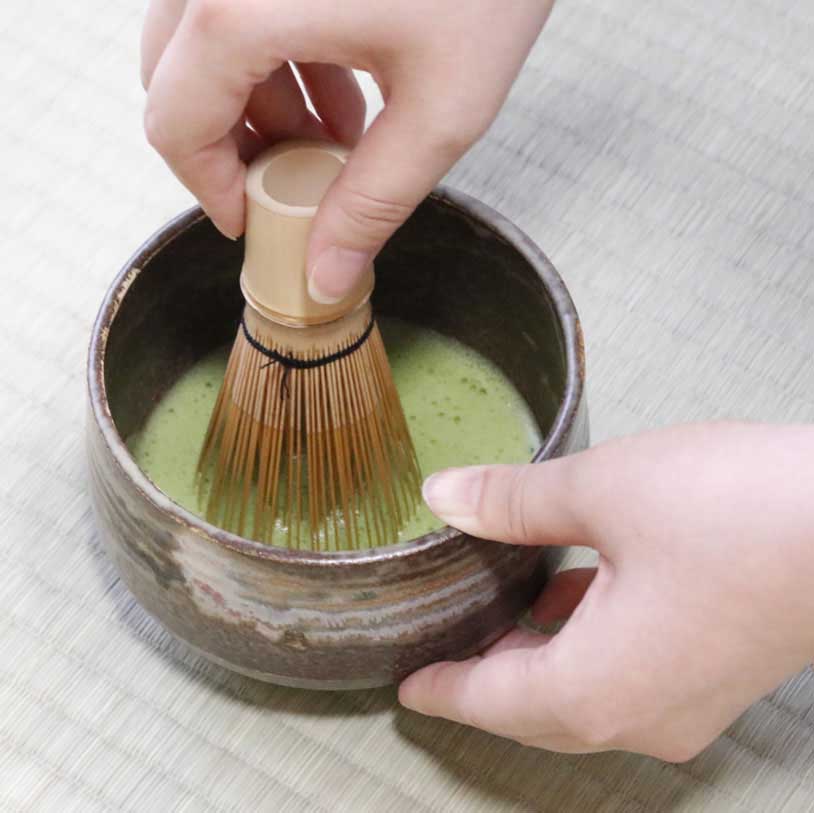
Profile
◎Name: ITO
◎Nationality: Japan
A qualified and professional Japanese Tea Ceremony “Sado” instructor who teaches Sado at home and seminars. A veteran who has been involved in the Sado world for over 10 years.
- 1. Some people add sugar to matcha tea. Does adding sugar to matcha reduce the health benefits of matcha?
- If you add sugar to matcha tea, the matcha will loses its original aroma and flavor.
In the first place, the correct way to drink matcha tea is to drink it after receiving Japanese traditional sweets (Unrefined brown sugar sweets and Wasanbon sugar sweets are recommended).
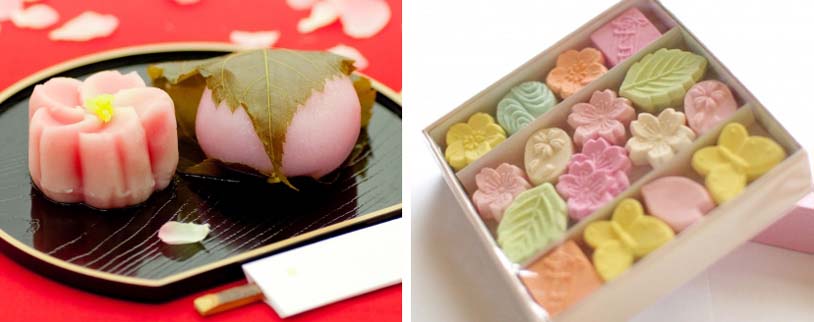
Eating the sweets first and then drinking matcha also balances the bitter components of matcha.
Besides, the bitter component (tannin) of brewed matcha will increase within time. Therefore, the key to tasting the original sweetness of matcha is by drinking it immediately.
- 2. Is it necessary to have tea utensils (chawan, chasen, tea scoop, etc.) when I want to prepare/make matcha tea at home?
- All you need to have when you want to prepare matcha tea is just Chasen (bamboo matcha whisk). It is recommended to use the chemical-free Chasen like Japanese Chasen.
You can replace the Chawan (Japanese teacup) with Café au Lait bowl. While Chashaku (bamboo teaspoon) can be replaced with a teaspoon.
Also, please note that matcha tea must be strained with metal can strainer before use.
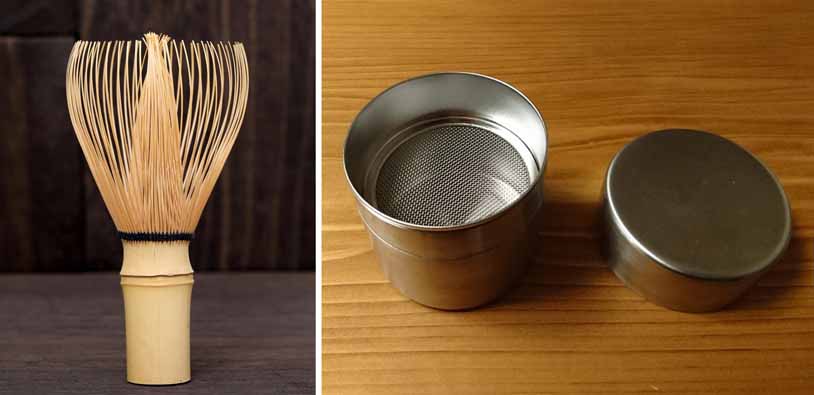
- 3. How much should I drink matcha per day to get the health benefits of matcha? Is there a maximum limit?
- In my case, I always drink one cup of matcha tea (2g of matcha and 60ml hot water) at the beginning of the day.
Not only can you get healthy ingredients, matcha can make you calm and relax.
Matcha has a high caffeine level, so there are individual differences for the maximum consumption limit per day. But I think the maximum limit is 2-3 cups per day.
- 4. When is the best time to drink matcha?
- Because matcha is abundant in caffeine, it’s best to drink matcha tea in the morning for those who have low caffeine tolerance.
If you don’t mind about the caffeine content, you can drink it anytime you like.
Also, it is better to drink matcha tea after meals, fruits, or desserts.
- 5. What should I keep in mind when preparing/making matcha tea at home?
- The Japanese Tea Ceremony “Sado” contains the spirit of Zen. Therefore, please calm your heart, unite your spirit, and prepare the matcha tea deliciously.
Also, when making matcha, please be the host and serve the matcha for family or friends.
The spirit of “Sado” is that you can feel free to enjoy it by doing hospitality.
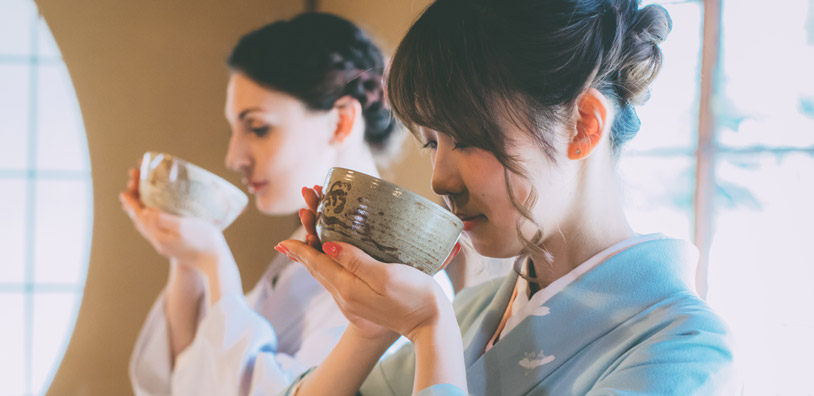
- 6. What is the best container type for storing matcha?
- Please use the highly-sealed container like a sealed glass container and store it in the refrigerator. Or you can use a metal can which double-pack with ziplock plastic inside, and store it in the freezer.
The scent and flavor of matcha can be well-maintained when the matcha is in dry condition.Try to store your matcha with container like the image below:
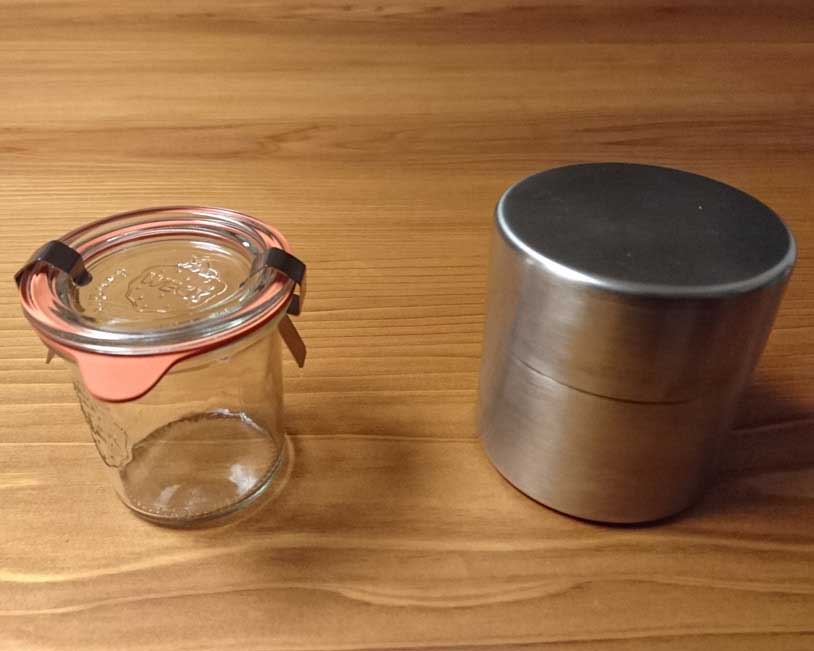
- 7. What are the signs of spoiled/expired matcha?
- If matcha is exposed in the open air for a long, the matcha will lose its aroma and flavor.
The matcha will make lumps if a moisture enters the container. (These lumps will make the matcha tea not well-distributed when whisked using Chasen. Bundles of matcha lumps could remain at the bottom of the cup.)
Once opened, please consume the matcha as soon as possible. Estimated consumption period after opening is within 3 months after storing it in a sealed container.
Uji Matcha Q&A
Here’s our Q&A summary that will answer all your curiosity about Uji Matcha!
- What is high-quality matcha?
- One of the most outstanding high-quality matcha production region in Japan is Uji City from Kyoto Prefecture. The matcha from Uji has high-quality, premium matcha characteristics, such as:
- ● Vibrant, vivid green color
- ● Smoother, talc-like texture
- ● Rich and mellow taste
- What is Uji Matcha?
- Uji Matcha is a matcha tea cultivated in four prefectures such as Kyoto, Nara, Shiga, and Mie. However, Uji Matcha products can only be manufactured within Kyoto Prefecture by tea producers from Kyoto.
- What is Uji Matcha from Kyoto Prefecture?
-
Uji Matcha from Kyoto Prefecture means it is a matcha product cultivated and manufactured both in Kyoto Prefecture. It becomes more popular recently because it provides outstanding quality with passed-down tradition for tea production.
This phrase is used in product label which claims where the products are coming from. The label “100% Uji Matcha from Kyoto Prefecture” means the manufacturer uses 100% matcha genuinely from Kyoto Prefecture only.
- How is the correct way to drink matcha?
- Matcha, especially high-quality matcha, meant to be enjoyed after receiving Japanese traditional sweets (wagashi). The correct way to drink matcha are: prepare the matcha → eat sweets → drink matcha. This is the traditional way according to Japanese Tea Ceremony “Sado”.
Or you can freely enjoy your matcha by making matcha-based delicious recipes. Follow our delicious matcha recipes here.
- How many cups of matcha can I drink every day?
- 1 cup of matcha is 2 grams of matcha powder with 60 ml hot water. The maximum limit consumption may differ since matcha has caffeine content, but it is good to drink 2-3 cups per day.
Please note that the most effective way to drink matcha is drink in a small amount diligently.
The catechin or active compounds in matcha will disappear from the blood in few hours, so let’s drink small amount (around 100ml) periodically, rather than drinking a lot of matcha right away.
- How many caffeine content in matcha compared to coffee?
-
Types Caffeine Amount Quantity of Ingredients Matcha 64 mg 2 grams of matcha, 60ml hot water Coffee 60 mg 10g beans, 150ml hot water
The caffeine content in matcha is slightly higher than coffee. Even so, matcha has L-theanine which gives additional relaxation effect.
- When is the best time to drink matcha?
- It is recommended to start your day with one cup of matcha after breakfast. Also, it is better to drink matcha tea after meals, fruits, or desserts.
Those with caffeine sensitivity and a pregnant woman may want to limit their matcha consumption. Avoiding matcha before going to sleep also recommended because matcha has caffeine content.
- Any tips for choosing high quality Uji Matcha?
- Uji matcha is known for its outstanding quality in the matcha world. Let’s choose the “100% Uji Matcha from Kyoto Prefecture” because the Uji matcha that completely produced in Kyoto will have the best quality from all Uji matcha products.
Kindly check our recommended Uji Matcha products 100% from Kyoto Prefecture from Harimaen Seicha!
Recommended Products for Uji Matcha
Kawashima The Japanstore only recommends the high-quality Uji Matcha cultivated and manufactured in Kyoto Prefecture.
Harimaen Seicha is one of few Uji Matcha manufacturer in Kyoto, Japan that commits to produce a high quality products with JAS certification, NOP (Natural Organic Program) Certification, and EU Organic Certification.
Enjoy the rich and mellow texture of high-quality matcha cultivated and manufactured 100% from Uji, Kyoto.
Buy On Amazon USA
Organic Matcha Green Tea Powder, Premium Ceremonial Grade First Harvest from Uji Kyoto – USDA & JAS Certified, Radiation Free, Made in Japan by Kawashimaya 1.06oz (30g)
The highest-grade matcha available, perfect for making traditional matcha with a divine taste. Enjoy the 100% grounded first harvest green tea with vivid green, authentic, rich & mellow taste with no astringency. Organic certified & tested for radiation-free tea. Originated from Uji, Kyoto.


